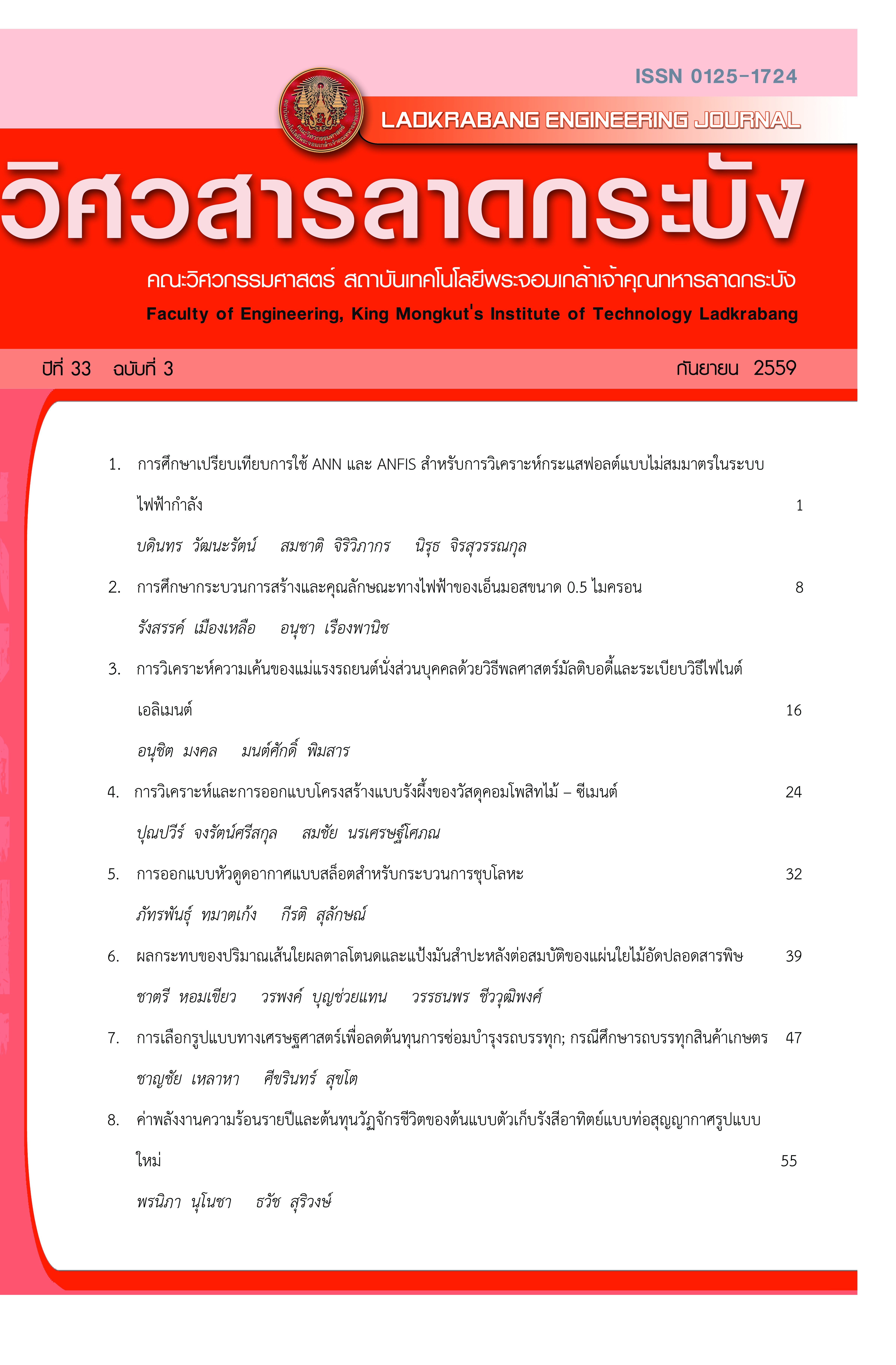Design and Analysis of Wood-Cement Composite Honeycomb Sandwich Structure
Keywords:
Wood-Cement Composite, Honeycomb Sandwich StructureAbstract
The honey comb sandwich construction is one of the most valued structural engineering innovations developed by the composite industry. Used extensively in many industries like aerospace, transportation rails, etc. In this study a wood - cement particle board chosen a face sheet is a core material. Honeycombs are most often an array of hollow hexagonal cells with thin vertical walls wood - cement particle board with Honeycomb is low density permeable material with numerous applications. The defining characteristic of these Honeycombs is a very high porosity; typically 75-95% of the volume consists of void spaces. Static three-point bending tests were carried out in order to investigate load and compared with experimental and simulation results between Wood Cement different thickness. built to honeycomb structure total thickness of 24 mm and cement particle boards with a thickness of 24 mm. Wood - cement particle board Honeycombs have found a wide variety of applications in heat exchangers, energy absorption, flow diffusion and lightweight optics. wood - cement particle board honeycomb is used in numerous engineering and scientific applications in industry for both porosity and strength
References
[2] W. D. Callister, “Materials Science and Engineering An Introduction.” India: Wiley. 2000,
[3] C. Hwu and J. S. Hu, “Delamination buckling of honeycomb sandwich panels with laminated faces,” Journal of Composite Materials, 29(15), pp.1962-1987, 1995.
[4] I. G. Masters and K. E. Evans, “Models for elastic deformations of honeycombs,” Composite structures, 35, pp.403-422, 1996.
[5] P. Qiao and M. Yang, “Impact Mechanics and High-Energy Absorbing Materials,” Journal of Aerospace Engineering, 21:4, pp.235–248, 2008.
[6] K. Rao and J. Rao, “Thermostructural analysis of honeycomb sandwich panels, International Journal of Engineering, Science & Advanced Technology,” 2(5), pp.1402-1409, 2012.
[7] M. R. Said, M. K. Ismail and S. A. Syed Putra, “Paper Honeycomb Sandwiches Panels under Static 3 - Point Bending”, International Conference and Exhibition on Sustainable Energy and Advanced Materials (ICE SEAM 2011) Solo-Indonesia, pp.271-278, 2011.
[8] J. Paika, A. K. Thayamballi and G. S. Kim, “The strength characteristics of aluminum honeycomb sandwich panels,” Thin - Walled Structures, 35(3), pp.205-231, 1999.
Downloads
Published
How to Cite
Issue
Section
License
The published articles are copyrighted by the School of Engineering, King Mongkut's Institute of Technology Ladkrabang.
The statements contained in each article in this academic journal are the personal opinions of each author and are not related to King Mongkut's Institute of Technology Ladkrabang and other faculty members in the institute.
Responsibility for all elements of each article belongs to each author; If there are any mistakes, each author is solely responsible for his own articles.






